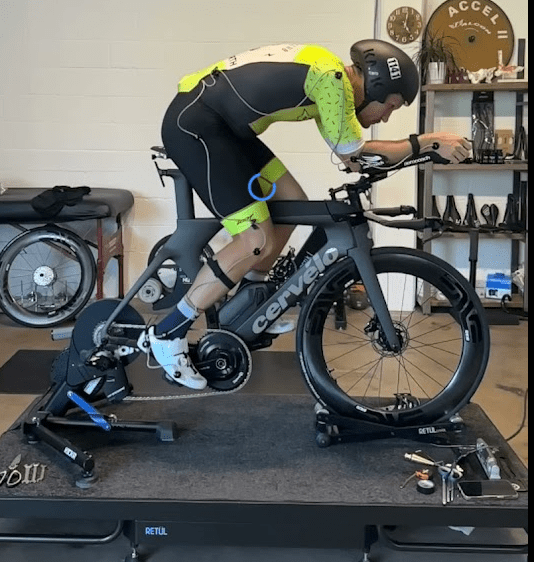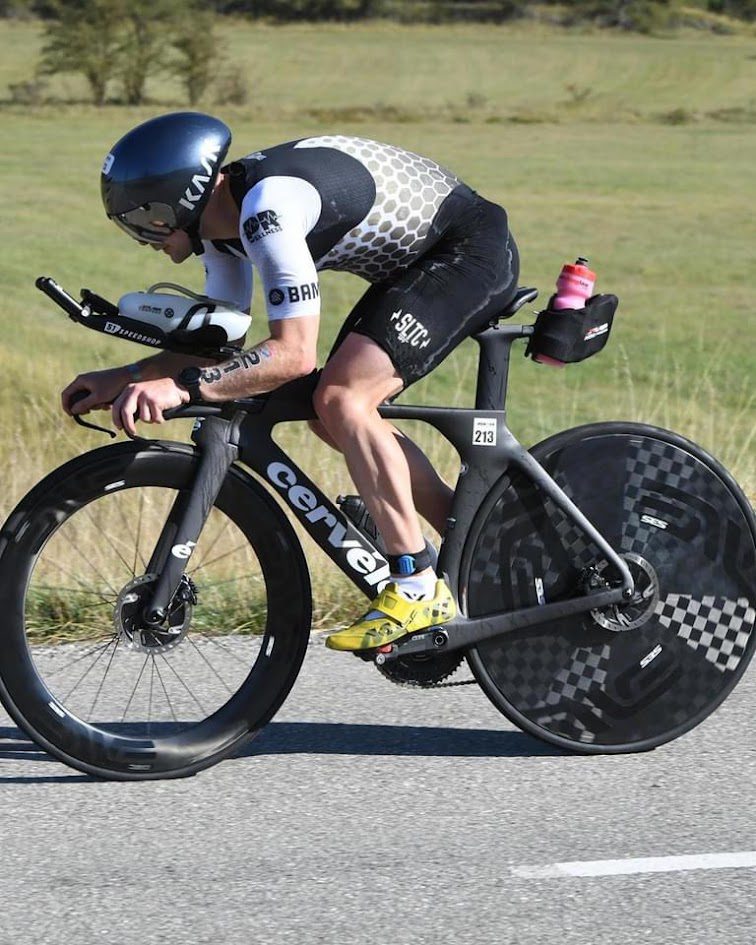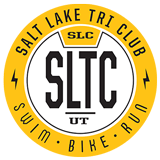Are Triathlon Bikes Faster? Insights from Coach Rory Duckworth of the Salt Lake Triathlon Club
As a dedicated triathlon coach and a passionate member of the Salt Lake Triathlon Club, I often encounter a burning question from both newcomers and seasoned triathletes: Are triathlon bikes really faster? Today, I’m excited to dive into this topic and shed some light based on my experience and the latest insights in triathlon cycling.

Rory Duckworth getting a Professional Bike fit
Understanding the Triathlon Bike
First, let’s clarify what makes a triathlon bike distinct. These bikes are engineered specifically for triathlon and time trial events. The key differences lie in their geometry, aerodynamics, and rider positioning. Triathlon bikes are designed to conserve energy, optimize aerodynamics, and maintain speed, especially over long distances.
Aerodynamics: The Key to Speed
The primary factor that makes triathlon bikes faster is their aerodynamic design. These bikes have a more aggressive geometry that positions the rider in a way that reduces wind resistance. The frame, handlebars, and even the wheels are designed to slice through the air more efficiently. This design can significantly reduce the drag experienced during cycling, which is crucial since air resistance is a major barrier to speed.
Energy Efficiency and Transition
Another aspect where triathlon bikes shine is in energy conservation. The forward-leaning position on a triathlon bike allows for better muscle utilization, particularly in the glutes and hamstrings. This positioning can help in saving your quadriceps for the running segment of the race, which can be a game-changer for many athletes.
Moreover, the design of these bikes can lead to a smoother transition from cycling to running. The specific muscle engagement and posture on a triathlon bike can make it easier for triathletes to switch to the run without the heavy-legged feeling often experienced after riding a road bike.
Customization and Comfort
Triathlon bikes offer a high level of customization to fit an athlete’s body. This customization not only enhances comfort over long distances but also improves efficiency and speed. A well-fitted triathlon bike can make a significant difference in reducing fatigue and maintaining a consistent speed.
The Trade-Offs
However, it’s important to note that triathlon bikes are not without their trade-offs. They are generally less maneuverable than road bikes, which can be a challenge on technical courses, and the aggressive riding position can take time to get used to, especially for beginners.
So, Are They Really Faster?
In a straight line and over long distances, a triathlon bike is generally faster than a road bike, thanks to its aerodynamic advantages and energy-efficient design. However, the extent of this speed benefit can vary based on the course profile, weather conditions, and the rider’s comfort and experience with the bike.

Andrew Hall going FAST on a TT bike
Final Thoughts
For triathletes focused on long-course events or those looking to optimize every aspect of their performance, investing in a triathlon bike can be a wise decision. However, it’s crucial to balance this with considerations of budget, course type, and personal comfort.
Remember, a triathlon bike is a tool, and like any tool, its effectiveness depends on how well it’s used. Proper training, fit, and familiarity with your bike are essential. As your coach, I’m here to help you make the best choices for your triathlon journey and to ensure that you’re not only fast but also safe and confident on any bike you choose.
Keep training hard, and I’ll see you on the course!
– Coach Rory Duckworth, Salt Lake Triathlon Club




